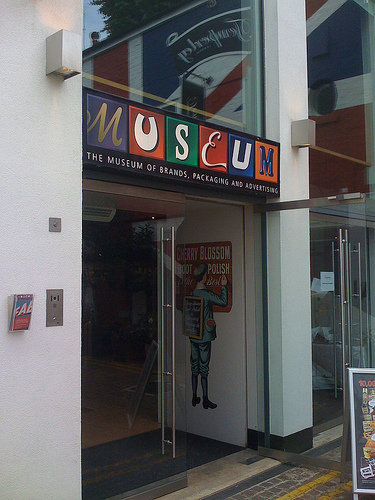London Hotels Insight provides up-to-date, independent advice for your perfect stay in London. We research guest feedback, meet management and identify hotels at the top of their game.
London’s hidden museums (part one).

The Grant Museum of Zoology has been described as an "Aladdin's Cave of Skeletons" (image credit below)
From New York to New South Wales, everyone has heard of London’s world-class museums like the Science Museum and Natural History Museum. Not to mention the British Museum and National Gallery with their many hidden treasures which attract visitors from far and wide.
And yet beyond these popular attractions there is a less visited but no less fascinating side to London’s museum scene. In this exclusive two-part series, we shed light on some of the capital’s lesser-known museum gems.
For those who enjoy gazing in wonder at the bones of long-dead creatures from near and far, the Grant Museum of Zoology is a real treat. It’s ranked in the top dozen London attractions by TripAdvisor reviewers (from over 750 competitors) who describe it as “entrancing” and “mind-boggling”.
Home to the oldest university zoological collection in London, you’ll discover a veritable cornucopia of preserved specimens and skeletons here, including those of extinct species such as the dodo and Tasmanian devil.
The museum was established by Charles Darwin’s mentor Robert Grant. It can be found on the University College London campus in Malet Place.
While you are there, do make sure you visit one of only seven remaining half-horse, half-zebra ‘quagga’ skeletons in the world.
If your tastes are a little more modern, you could also check out the Museum of Brands, Packaging and Advertising over in Notting Hill.

The Museum of Brands, Packaging and Advertising is heaven for disciples of consumerism (image credit below)
The museum moved to London in 2005 and is home to a collection of over 12,000 unique examples of bottles, cans, boxes, toys and more. Started by Robert Opie in 1963, this nostalgic trip into the history of consumerism is a fascinating and quirky addition to any Notting Hill itinerary.
For two very different views of childhood, you can visit the Foundling Museum (Russell Square) and the Museum of Childhood (Bethnal Green).
The former charts the history of London’s Foundling Hospital, which was London’s first home for abandoned children.
Established by philanthropist Captain Thomas Coram in the Eighteenth Century, the hospital cared for almost 30,000 children over three centuries, until its demolition in the mid-twentieth century.

The Foundling Museum sits next to the original site of the children's hospital it is dedicated to, which was demolished in 1928 (image credit below)
The Foundling Museum stands next to the site of the old children’s home, and contains both art and historic exhibits. It also has sections dedicated to the lives of Coram and two of the hospital’s original governors, the artist William Hogarth, and composer George Frederic Handel.
The Museum of Childhood meanwhile houses a comprehensive collection of childhood toys and memorabilia dating back to the eighteenth century.
Part of the V & A Museum, its highlights include a selection of doll’s houses from the 1700’s, some rocking horses and a fully functional model railway.
If you happen to be travelling with kids, a good hotel accessible via public transport for several of the above museums is the Athenaeum – featured previously on this blog as arguably London’s most kid-friendly hotel.
Check the best rate for the Athenaeum Hotel from 30+ hotel booking sites

The serviced apartments at the Athenaeum are perfect if you have kids
We uncover more of London’s hidden museums in part two of this feature, which may also whet your appetite to discover London’s secret churches.
Get the best-value London hotel deal from 30+ booking sites in 1 click
Photo credits: Catfunt’s photostream, Lizsmith’s photostream, Jonathan Crookes’ photostream, Athenaeum Hotel.
Previous post: Is Brown’s the oldest hotel in London?
Next post: London’s hidden museums (part two).






























